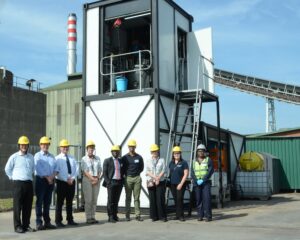
Promising SA-first solution to convert paper sludge, food and textile waste into bioethanol
Press release A pioneering solution has been developed to convert cellulose fibre-rich waste from pulp and paper mill operations into ethanol using a specialised fermentation


